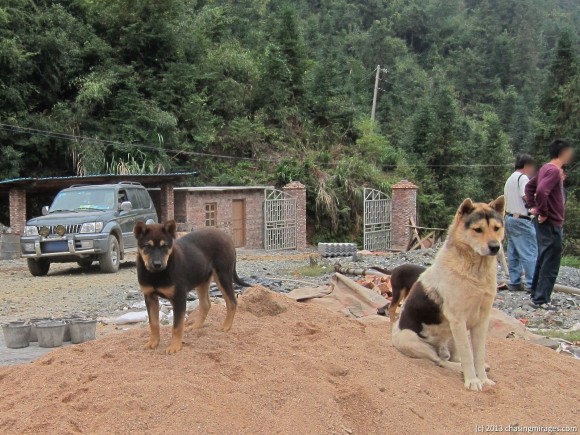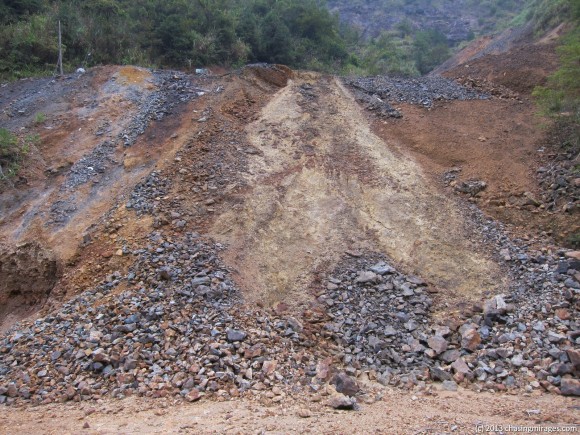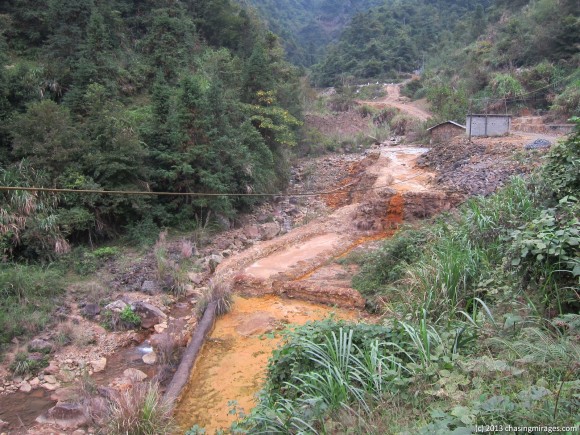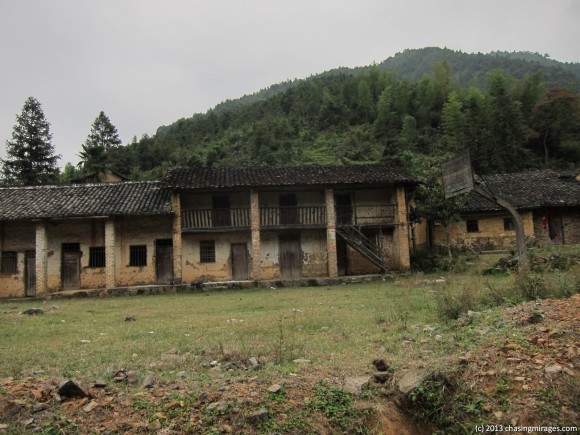One of the most compelling books I’ve read in recent years is Collapse by Jared Diamond. An important point he makes in the opening chapter is that there is often no way to operate a mine profitably provided that one accounts for all environmental externalities. A simple example is when an abandoned mine emits toxic run-off in perpetuity. If mining companies had to bear the costs of treating this eternal source of pollution, there would be no price at which ore could be profitably sold because such costs would effectively be infinite. Fortunately for mining companies, these externalities were largely ignored throughout human history and many have made huge profits at the expense of irreparably destroyed ecosystems.
In Montana and much of the U.S., local communities became aware of the permanent negative effects of mining and demanded that mining companies pay for their destructive activities. These demands eventually resulted in the off-shoring of mining to countries with more easily exploitable locals. Now, America depends on the destruction of ecosystems and livelihoods around the world for most of its mineral needs.
In northeastern Guangdong province, we visited Chuanhengcun (船亨æ‘), a village that has suffered mightily from the hazards brought by mining. In the hills above the village is a lead-zinc mine. We heard that in 2003, a dam holding the mine’s tailings had collapsed, releasing a surge of toxic liquid through the village’s rice fields. According to this article, another pollution event occurred in 2007 when a fight between locals and miners resulted in the dumping of a truckload of ore into the river. The villagers had been angered by the continued unlicensed operation of the mine. As the story too often goes, the government officials that should have enjoined the operation were most likely profiting from it.
Years after it happened, the direct result of the 2003 dam breakage is still visually striking.
The fields through which the poison flowed are completely lifeless.
The mine is not currently under operation. The road to the mine was blocked by a gate, but when we honked a guy came out and let us in without challenge, apparently happy to have some company. He told us that the mine had changed ownership 28 times since the first major accident, and that the current owner was in the process of obtaining permission to re-open it. For now, the mine is sealed and he’s the lone gate-keeper, with only these dogs to keep him company.
Tailings from the mine were completely exposed and unprocessed.
There were no barriers in place to prevent either the tailings or the mine’s run-off from entering surface and ground water. Every heavy rainfall probably disperses more toxins into the village.
As we passed through the village again, we saw an old lady by the side of the road and stopped to chat with her. She said that before the accident about 300-400 people lived here, farming the land. After the mine poisoned their soil, nearly everyone disappeared, leaving only 20-30 elderly folks to keep guard.
The village’s abandoned elementary school, with no children left to learn and play within its walls, with its crumbling structure and neglected ball court, was a disturbing reflection of the village’s sorrow.
Even more disturbing is the premonition in my mind that this schoolhouse will soon symbolize China and all of the other countries in the world who signed away their souls in exchange for a quick buck.






Leave a Reply